Subscriber-only Newsletter
John McWhorter

Delcan and Co.
I love it whenever I see it: “‘Free Pickup and Delivery,’” “‘Fresh Fish’” and the like.
I refer to signage on which quotation marks are used to indicate neither quotation nor irony but just upbeat promotional emphasis as if the quotation marks were substitutes for capital letters, or perhaps jazz hands.
For years, when I lived in Jersey City, I was delighted every time I passed a neighborhood laundromat that had “CAROLINA’S” — including the quotation marks — emblazoned across its facade, almost as if there were something hypothetical about its washing machines and dryers. (I was saddened to learn that the building had a fire a few years ago.) These days, occasionally one reads a handwritten sign saying, “Please put on a mask,” with quotation marks and all. Or, my favorite example, on the Upper West Side in the early aughts, was a corner grocery that beckoned patrons to come in and “CREATE ‘A’ SALAD.” I assumed the proprietors meant the “A” as indicating excellence.
One senses that this usage of quotation marks is sometimes a matter of nonnative speakers creatively reworking English conventions, and sometimes it’s a reflection of the reality that written and spoken language is driven by everyday usage as much as by the strictures of elementary-school teachers, newspaper editors and professional grammarians.
And I love it.
I’ve long thought of this use of quotation marks as something that should be embraced as a permissible norm. Quotation marks have evolved to encompass a new function — somewhere at the intersection of italics, exclamation points, and diacritics — in contrast to what quotation marks most likely mean to some readers of this newsletter. This kind of garden-variety metamorphosis is as ordinary as the hypereducated, woke register in which terms such as “Latinx” and “BIPOC” (Black, Indigenous, and People of Color) are established, yet are not catching on beyond. And fine if they don’t — the woke register includes Latinx and BIPOC; the vernacular register includes quotation marks as emphasis. No problem, I say.
Undoubtedly, some would say that there is a problem, and it is that I, as a linguist, am so open — too open — to throwing out the rule book. I get that sentiment, but my flexibility on such things is because of how things have always gone. Exhibit A: the period.
You’d be forgiven if you assumed that a period has always meant finality at the end of a sentence. But its history is more complicated: In the “Old New York” depicted by Edith Wharton and Henry James and in the new HBO Max series “The Gilded Age,” in this same metropolitan area where, today, you can catch the emphatic quotation marks as you look around you, if you look upward, at fading old advertisements and such, often you can see what we could call the “advertising period.”
When one Jersey City building, once a factory, was converted into a luxury home, the original signage was preserved, with the all-caps line “PATTERN MAKERS.” — including the period, despite this two-word label not being a complete sentence.
This wasn’t unusual in 19th-century America. An 1860 rendering in Harper’s Weekly of a building in Lower Manhattan depicts a sign that reads “HATS CAPS & FURS.” — including, again, the period. An 1862 drawing portrays a cluster of posted bills hawking “Mrs. Winslow’s Soothing Syrup.” “ALLCOCK’S POROUS PLASTERS.” and “PYLE’S ‘O.K.’ SOAP.” — all with an advertising period, the last with a period and quotation marks for emphasis. This use of periods was common enough in advertisements of the era that I’ll be grading the, um, period authenticity of “The Gilded Age” partly on that basis.
Let’s not even get into differing opinions about the semicolon. Cecelia Watson wrote a book-long tribute to its delicate mediation between the divisiveness of the period and the lank hiccup of the comma. But Kurt Vonnegut once aired his leery sense that while the semicolon may have its place, to an extent its use merely shows that its user went to college. There is always a haziness about punctuational etiquette that undercuts the value of ready commandments.
The crowning example, motivating my laissez-faire take on quotation marks, is the Oxford comma, also known by its more quotidian moniker, the serial comma. You know: “Philadelphia, Berkeley, and New York” rather than “Philadelphia, Berkeley and New York.”
Yes, failing to use it can create confusion now and then. Suppose union rules deny you, a delivery driver, overtime pay for “the canning, processing, preserving, freezing, drying, marketing, storing, packing for shipment or distribution of” such things as agricultural produce. Are you denied overtime pay for packing things for shipping and distribution, but eligible for overtime pay for just distribution? Only a comma after “shipment” could tell us definitively.
There was a case that hinged on just this, and the drivers won their demand to be paid for distribution alone. But at times, the Oxford comma can confuse matters. The Chicago Manual of Style’s online FAQs addresses the scenario of a phrase that goes something along the lines of “To my mother, Mother Teresa, and the Pope.” Is Mother Teresa, in that instance, your mother? Most of the time, the context makes it clear what is meant, which is why the imposition of the Oxford comma varies so randomly. This newspaper’s stylebook doesn’t call for it in most cases. An especially influential guide in favor is Strunk and White’s “The Elements of Style,” but to my recollection that book needlessly steers us away from things like using “chair” as a verb and toward saying things like “It is I.”
It’s difficult to avoid the conclusion that the Oxford comma is essentially a matter of what you consider to be ducks in a suitable row. Certainly, one could use it where clarity demands it, for instance, when the word “and” appears more than once in a series — when the dessert choices are “candy, cookies, and cake and ice cream” — but those who seem to insist on using an Oxford comma in the 99 percent of cases in which it isn’t necessary almost ask for transgression. The quest to get everyone to write “Philadelphia, Berkeley, and New York” is as Sisyphean as seeking for everyone to check their cars’ oil level every month.
Are we not rather too easily given to rules allowing us to look down on other people? Being unreachable persnickety about such things is, in some ways, one of the last openly permissible prejudices, a kind of classism that’s frequently given a pass. (BuzzFeed’s 2019 listicle mocking emphatic quotation marks was almost too predictable.)
Therefore, I process emphatic quotation marks as innovation rather than a bastardization. If Gilded Age folk accepted “‘PATTERN MAKERS.’” then “‘Fresh Fish’” should pass muster with us moderns.
Have feedback? Send me a note at McWhorter-newsletter@nytimes.com.
John McWhorter (@JohnHMcWhorter) is an associate professor of linguistics at Columbia University. He hosts the podcast “Lexicon Valley” and is the author, most recently, of “Woke Racism: How a New Religion Has Betrayed Black America.”
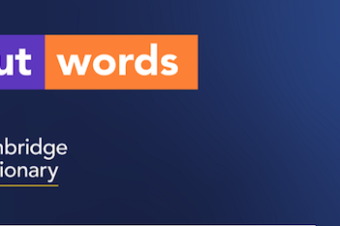

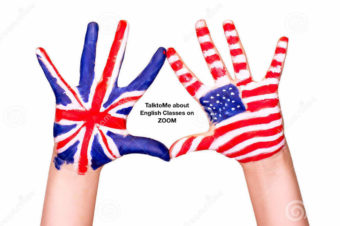
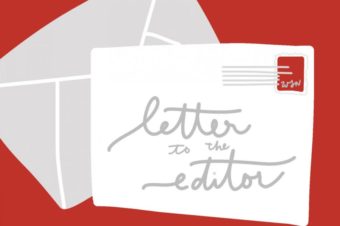

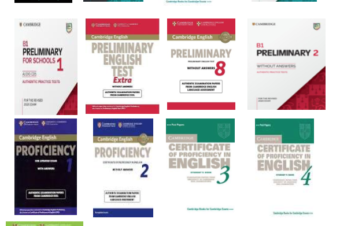
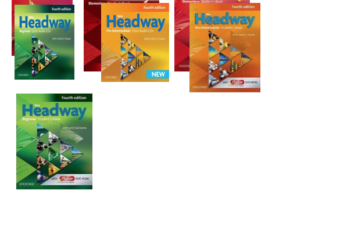
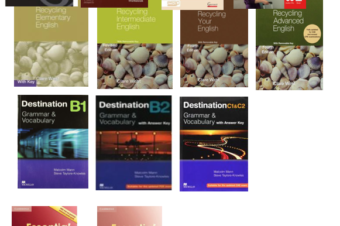
Leave a Reply